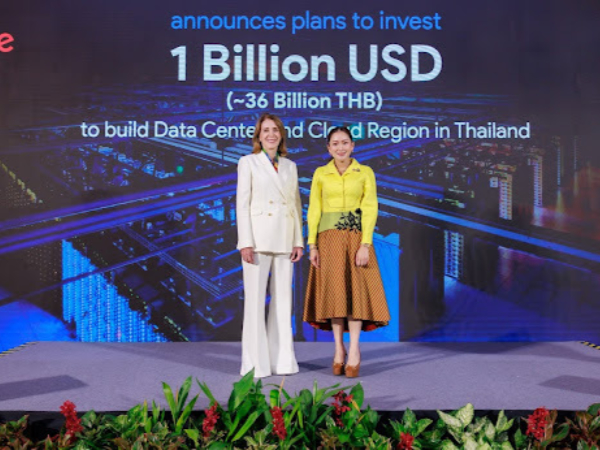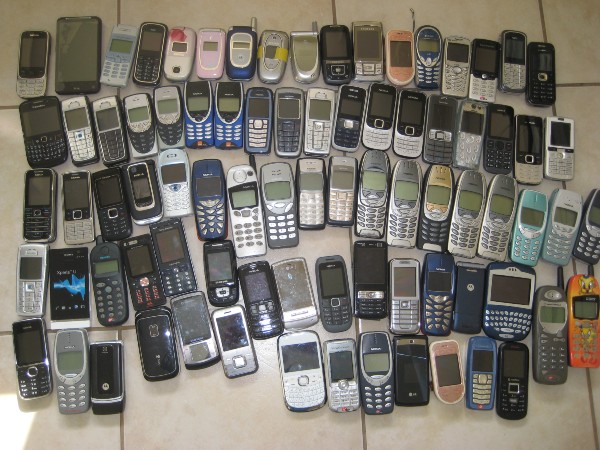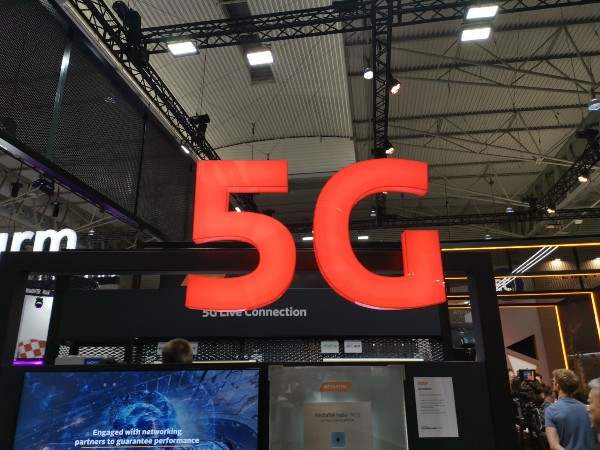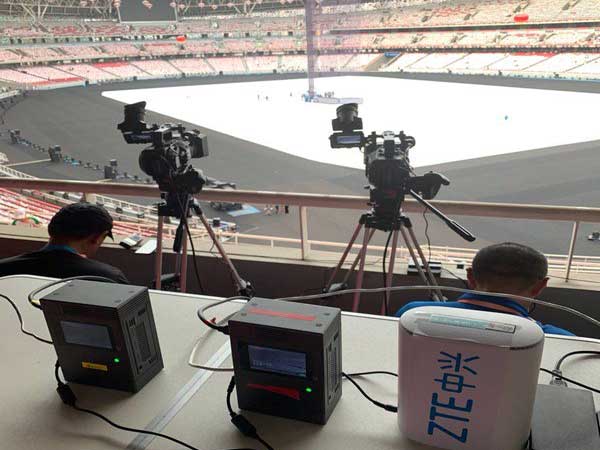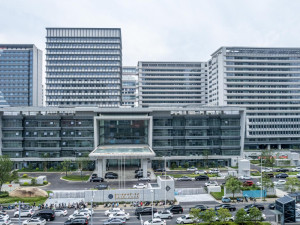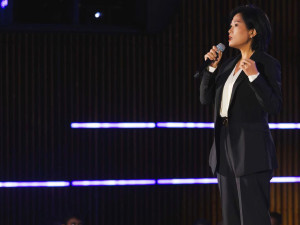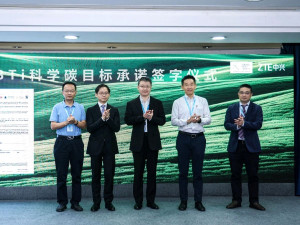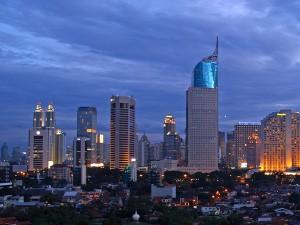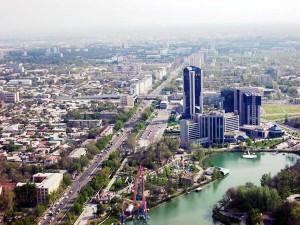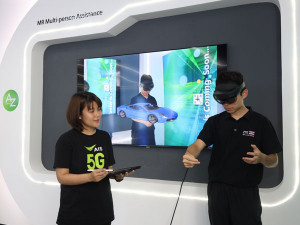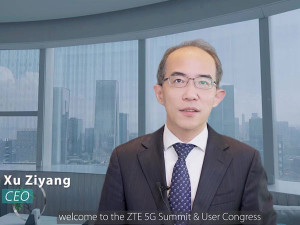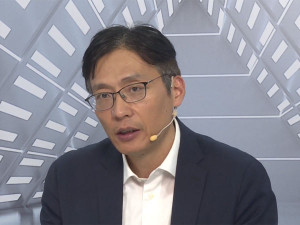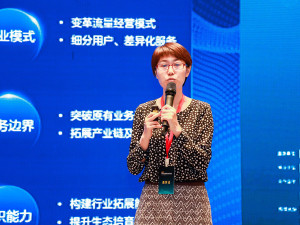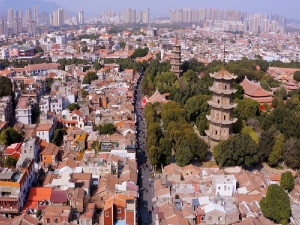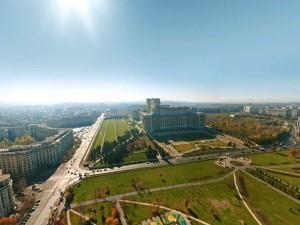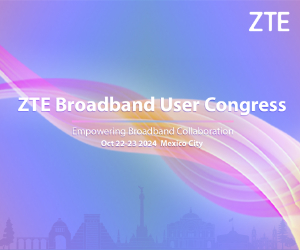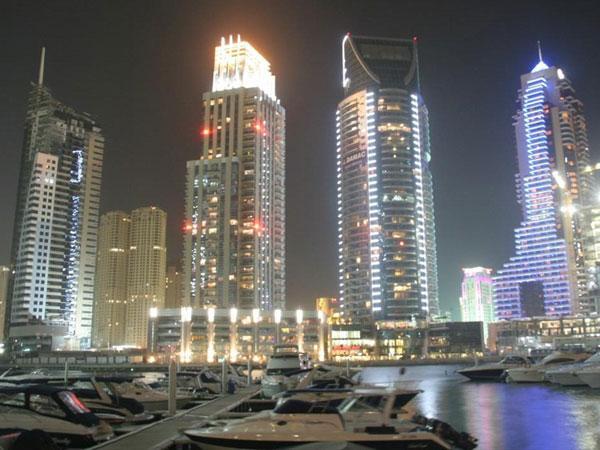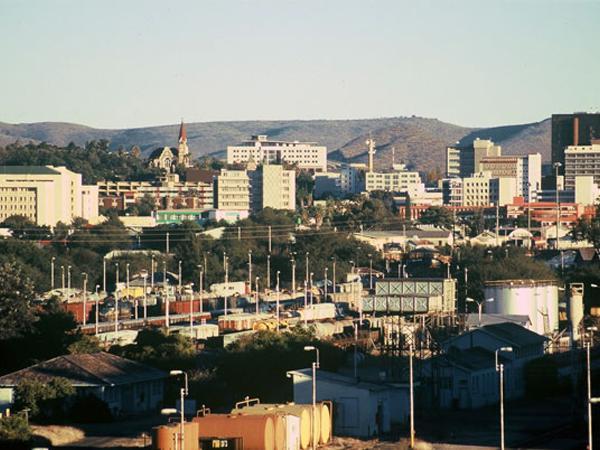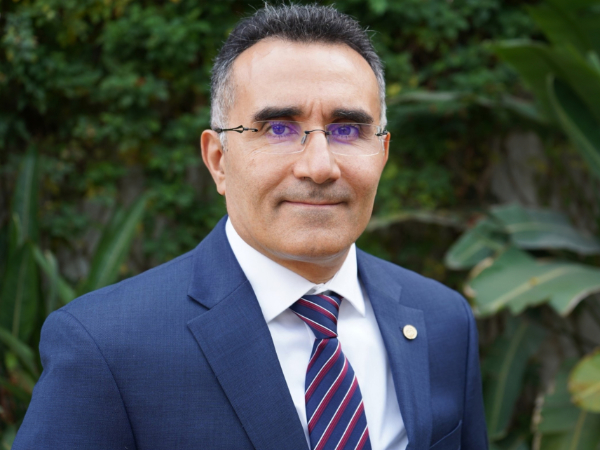In the mobile broadband data era it is forecast that over 80% of traffic will occur in indoor locations creating demand for new indoor coverage solutions.
Improving indoor wireless network coverage to guarantee user experience while creating valuable new business models has become a key concern for telecom operators, vertical industry enterprise customers and large commercial property owners.
Compared with outdoor macro coverage, indoor scenarios are more complex and diverse. Commercialisation of 5G stimulates multi-scenario and multi-service requirements, increasing the need for indoor distribution solutions to meet service applications in diversified scenarios. The industry is therefore anticipating that demand for 5G small sites will increase significantly.
In addition to deep indoor coverage in high-value areas, such as airports, railway stations, subway stations, large stadiums, exhibition centers, CBD, business centers and college campuses, the growth of indoor distribution systems comes mainly from two major sectors:
- large numbers of medium and small-capacity enterprise application scenarios, such as hotels, restaurants, cafes, and book bars
- vertical industry application scenarios with large scale service requirements, including smart industrial parks, future smart digital manufacturing workshops, and hospital emergency operating rooms
5G indoor solutions can greatly improve the internal communication and business efficiency of enterprises, and replace the traditional communication methods of enterprises. The popularisation of information monitoring, HD video, IoT, and other applications will also rapidly promote 5G indoor coverage requirements.
Moreover, large business owners also need digital smart indoor distribution solutions. In addition to providing wireless signal coverage in high-value indoor 5G areas, large businesses can provide value-added services such as accurate indoor positioning, HD video monitoring, games, and commercial advertising, including promoting the joint innovation business model between operators and businesses.
Innovative products and solutions reduce deployment costs
In complex commercial 5G scenarios the new-generation 5G+ digital intelligent indoor distribution solution of ZTE QCell supports the combination of multi-frequency and multi-mode. The large bandwidth meets the requirement of co-build and sharing, achieving fast deployment and larger capacity, and providing users with an ultra-fast 5G experience.
ZTE has gained extensive experience through the commercial deployment of QCell in 4G networks and in 5G trials. As a result, QCell digital intelligent indoor distribution systems offer users much larger capacity, more flexible capacity expansion and lower OPEX than traditional DAS systems. Furthermore, ZTE QCell can provide value-added services and open up brand new business models based on precise indoor positioning.
The three-level architecture supports simple, agile indoor deployment, while product design innovation reduces single-unit costs and power consumption. QCell's AI algorithm intelligently shuts down selected equipment to reduce power consumption. and visualised O&M, intelligent optimization and self-healing reduce operating costs.
QCell 5G+X enables the potential of private indoor distribution systems and industrial applications for vertical industrial customers. QCell combined with MEC can enable the deployment of value-added services based on precise indoor positioning, helping operators expand their vertical industrial customers, and broadening the sources of revenue, by helping customers to manage the upcoming applications offered by 5G+ indoor distribution coverage.
Innovative QCell Design Balances High Performance and Low Cost Requirements in Network Construction
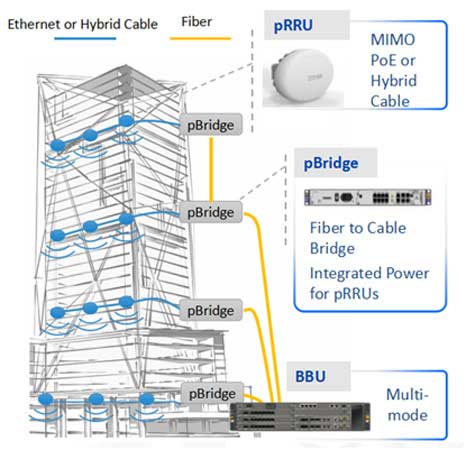
ZTE's QCell system consists of pRRU/pBridge/BBU (Baseband Unit) 3-level equipment. The 3-level efficient architecture supports the rapid cabling of CAT6a network cables or optical-electrical hybrid cables. It supports pBridge multi-level cascading, cell splitting and combination, and can rapidly respond to the operator's requirements for the complex networking of different frequency bands and systems, rapid adjustment and flexible expansion of capacity and coverage.
The 300 MHz large bandwidth products with multi-mode and multi-frequency band give the ZTE QCell solution powerful network architecture integration capability, to meet the requirements of multi-operators' co-building and sharing, and have the compatibility and adaptability for global deployment. It not only supports the overlay networking of existing DAS and 5G QCells, but also supports feed-in of GSM/UMTS DAS RF signals from different manufacturers in the existing network through the MAU, to protect the operator's existing indoor distribution investment and introduce value-added services based on 5G coverage and precise positioning.
QCell supports GSM/CDMA/UMTS/FDD LTE/TDD LTE/5G NR, offering the lowest cost multi-operator/multi-band/multi-system indoor distribution system, achieving agile, long-term, co-construction, sharing indoor distribution network, with multi-system equipment and common management and maintenance. QCell needs only software upgrades for future service expansion and network architecture evolution, thereby protecting the investment in early-stage 5G indoor deployment and reducing overall TCO from the perspective of long-term operation.
ZTE adopts innovative design of QCell products to reduce the cost and power consumption of equipment units. The pRRU transceiving channel not only supports high-performance 4T4R, but also supports low-cost 2T2R, further reducing the cost and power consumption. The pBridge enhanced product is designed to reduce the cost and power consumption after the electrical interface and optical interface are separated and the SoC solution is introduced. Moreover, the simplest BBU product is introduced to further reduce the QCell system networking cost.
Hierarchical QCell Networking Matches Diverse Scenarios
Based on the analysis of the requirements for indoor distribution of operators, vertical industry enterprises, and large business owners, the indoor distribution scenarios can be divided into three types: capacity-sensitive scenario (type A), capacity and coverage balancing scenario (type B), and coverage-sensitive scenario (type C).
For the above three types of scenarios, ZTE provides hierarchical QCell networking solutions. Compared with the Benchmark QCell solution of 4T4R built-in antenna pRRU, ZTE provides a cost reduction solution of 2T2R built-in antenna pRRU and a low cost solution of 4T4R pRRU+ connected with external DAS antenna according to the scenario requirements, thus achieving the accurate network construction and saving operators' investment. Evaluations based on the 40,000 square meters isolated indoor distribution scenario show: for scenario type B, the total main equipment investment is reduced by about 1/4; for scenario type C, through the external DAS antenna, the single-pRRU coverage area is greatly expanded and the overall investment is greatly reduced by about 1/2.
QCell Deployments Enabling Ubiquitous 5G Services
- Airports, Railway Stations & Subway Stations
Large-scale traffic hub scenarios, such as airports, railway stations, and subway stations, have a large area and high population density, and are high-value areas for operators to guarantee both coverage and performance. The Wi-Fi system of most transportation hubs is often limited in capacity and cannot meet passengers' requirements for future 4K/8K HD video. In Changsha Huanghua Airport, ZTE deployed the indoor high-capacity digital intelligent QCell solution with high-density networking and the first 3-carrier aggregation technology in China, to achieve the throughput of 8400Mbps for the airport. The solution supports 3,500 people simultaneously enjoying smooth HD video. At present, the QCell solution has been widely used in various metropolitan airports and railway hub stations, including Changsha Airport in Hunan, Xiaoshan Airport in Hangzhou, Nanjing South Station and Xining Railway Station, serving millions of passengers. Nanjing South Railway Station has a total building area of 45.8 million square meters, which is the largest railway station in Asia. After QCell was deployed, SINR increased by 13% and throughput increased by 91.8%.
- Stadiums & Exhibition Halls
Large stadiums and exhibition halls have a large number of users and a huge amount of data volume in a centralised manner. The QCell solution supports vertical partitioning to achieve seamless multi-layer coverage from the upper stands, the middle mezzanines to the bottom passages. At present, the QCell solution has been widely deployed in large stadiums such as Hangzhou Olympic Center, Hangzhou Expo Center, Suzhou International Expo Center, and Shenzhen New High-Tech Center. In August 2019, the ZTE 5G Smart Digital Indoor Division QCell solution covered many important sports venues including the Main Conference venue of the Red Lantern Stadium for the second National Youth Games (Shanxi), and made the Game the first "5G Games" in China.
Through such technologies as MEC deployment and low delay coding, the ZTE 5G Smart stadium solution reduces the end-to-end live broadcast delay to 1 second, and provides audience with the excellent experience comparable to watching on the spot. In addition, ZTE also provides audience with brand-new experience in three 5G scenarios: immersive viewing experience from multi-angle live streaming, “Flexible Zooming" and "360-degree Free View" services. As an iconic application in the Game, the 5G Smart Stadium Solution provided an excellent demonstration for the live broadcast of sports events.
- Central Business Districts & Shopping Centres
CBDs in cities have high-density buildings, complex structures, high-density of people, and high property installation requirements, meaning both aesthetics and concealment. The QCell products have small, beautiful appearance with hidden and convenient deployment, short construction time, and fast commissioning. QCell solutions have been widely deployed in the business centers of major cities.
Verified by the deployment of indoor distribution coverage and precise positioning application by use of QCell+MEC in the Changping shopping Centre in Beijing, it achieved a positioning precision of less than 5 meters under the prerequisite of full coverage of indoor space, which helps raise the revenue by interconnecting with the big data platform of the third party, improving the user experience, accurate marketing, promoting consumption and identifying the potential customer.
- Campus Buildings
As another centralised user scenario, campus buildings are complex, including teaching buildings, dormitories, canteens, and outdoor spaces. In this scenario, coverage solutions are complicated, traffic capacity is large. After the deployment of the QCell solution in Sichuan province, the traffic model comparison shows that the traffic contribution capability of the QCell system is 20 times that of the traditional DAS system, and the downlink rate is 13 times that of the DAS system. The system capacity is greatly increased to meet the high traffic requirements. So far, the QCell solution has been deployed in many colleges and universities in the cities such as Wuhan, Chengdu and Shanghai, providing high-quality services for hundreds of thousands of teachers and students.
- Worldwide
The ZTE QCell solution has been commercially deployed on a large scale in dozens of operators in China, Thailand, Indonesia, India, Pakistan, Malaysia, Belarus, South Africa and Algeria, serving millions of users and creating new intelligent indoor experience. To date, ZTE has deployed 1.8 million sets of QCell equipment worldwide.


